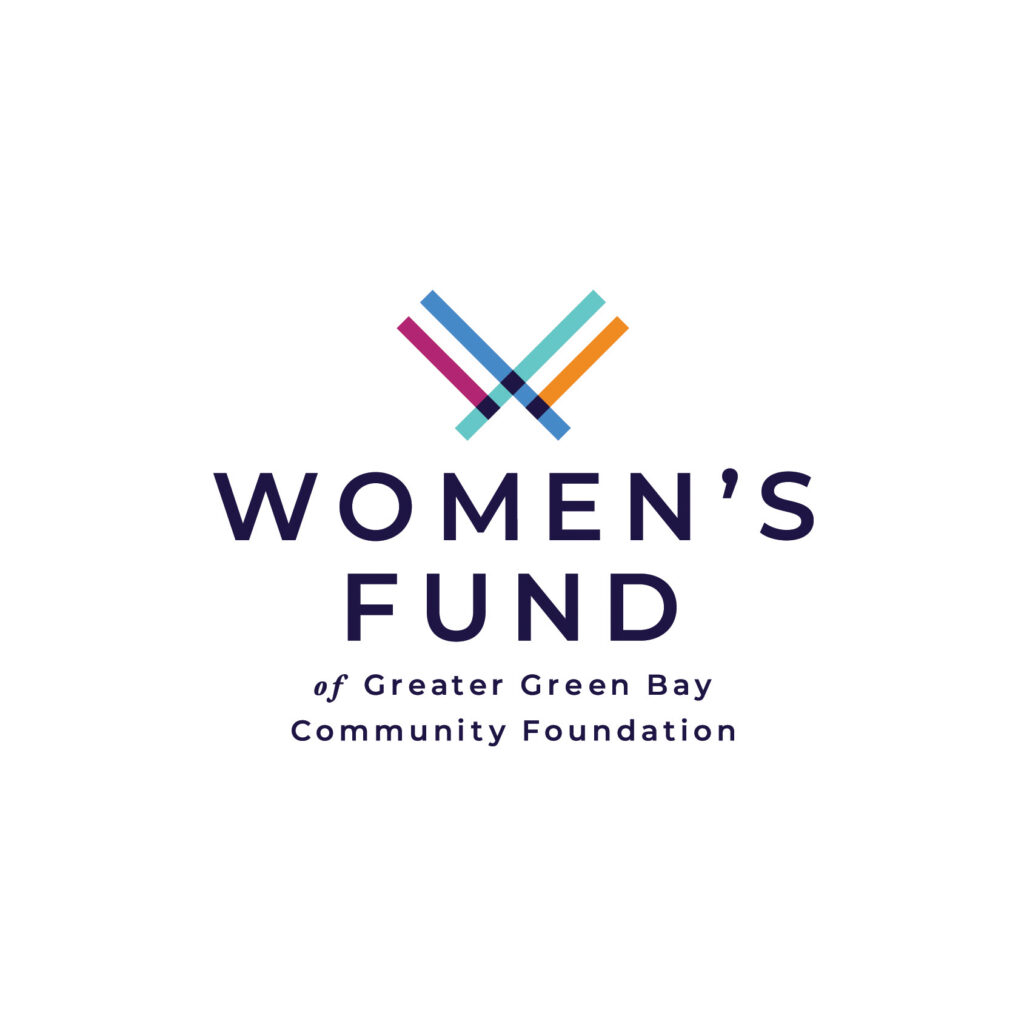A Win-Win: Using Your IRA to Give Back
By the Greater Green Bay Community Foundation team
Please note: the information provided below is not intended to be tax advice. Donors should consult their tax advisors for personalized guidance.

November 11, 2025 — As the financial and tax landscape continues to evolve, generous individuals are looking for the most effective ways to support the causes they care about while also managing their income and taxes wisely. Provisions enacted as part of the One Big Beautiful Bill Act (OBBBA) are prompting renewed focus on strategies that merge tax efficiency with meaningful community impact. Among the most powerful tools in this space for people age 70½ and older is the Qualified Charitable Distribution, or QCD.
IRA assets in the United States total nearly $18 trillion, and most people likely own at least one IRA. Traditional IRAs are among the most heavily taxed assets for retirees because withdrawals are generally treated as ordinary income, often pushing retirees into higher tax brackets when they begin taking required minimum distributions at age 73 for most taxpayers. Additionally, because IRAs are fully included in the owner’s taxable estate, heirs can be subject to both estate taxes and income taxes on the inherited funds. This double layer of taxation can significantly erode the value of an IRA, making it one of the least tax-efficient assets to pass to beneficiaries compared to other holdings.
Against this backdrop, the QCD can come in very handy. A QCD allows an individual aged 70½ and older to give up to $108,000 in 2025 directly from an IRA to an eligible charity. As a result, the QCD is a tax-savvy way to fulfill charitable intentions while managing taxable income.
Here’s why QCDs are more important now than ever:
- Although the OBBBA doesn’t directly change QCD rules, it’s likely to make them even more relevant. The reason is that QCDs reduce adjusted gross income (AGI) rather than operating as an itemized deduction. That distinction is crucial because the OBBBA will continue to influence how many taxpayers itemize, particularly older adults.
- Because a QCD can count toward required minimum distributions (RMDs) without increasing taxable income, it provides a double benefit: supporting charitable organizations while helping to manage income-related Medicare surcharges (IRMAA) and preserving tax credits and deductions that phase out as AGI rises.
- Starting in 2026, under the OBBBA, the Internal Revenue Code will impose a 0.5 percent of AGI floor for deducting charitable contributions and also limit the value of those deductions for high-income taxpayers by capping the benefit at 35 percent, even when the taxpayer’s top marginal rate is 37 percent. The practical impact is that high-income-earning individuals will experience reduced tax advantages from traditional itemized charitable deductions in the years ahead.
Our team at the Greater Green Bay Community Foundation can help you structure a gift that supports the causes you care about—whether through a field-of-interest, designated, or unrestricted fund. While donor-advised funds can’t receive QCDs, many families work with us to maintain multiple types of funds side by side, often pairing the flexibility of a donor-advised fund with a fund that can receive QCDs.
Now is a good time to revisit these strategies with your tax advisors. We can work together to help you give with purpose, reduce tax exposure, and continue to make a meaningful impact on our community.

